In this task I decided that I would try to make a ring out of stone. An artificial product made from a natural resource. Anyway, I had been lucky enough to have been able to go to cambridge for this stone carving malarky. So i had some time left after fin
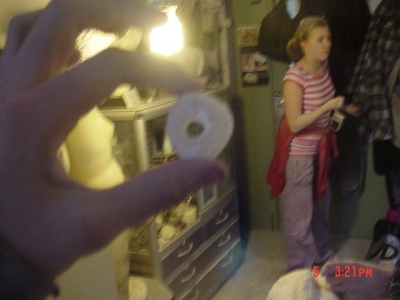
The initial shape
I cut the shape with the chizel and hammer as best i could and then used a drill to try and get a hole through. I trusted my friend with it and in a health and safety officers nightmare, she slipped. three times. :/ Not funny, luckily I still have SOME f
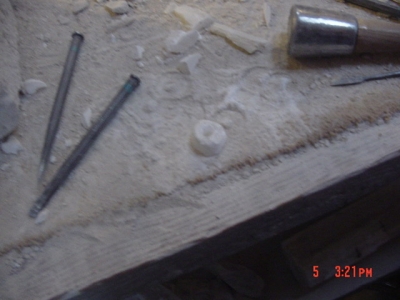
Tools of the trade
Concentrate...
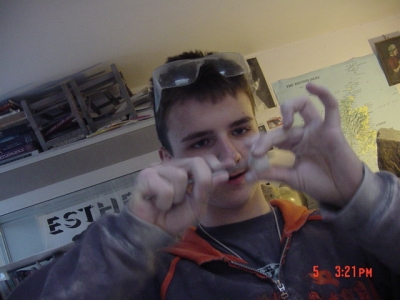
Using the file I made the hole bigger and bigger so it could fit on my fingers. (took ages :/)
2 vote(s)
Terms
(none yet)5 comment(s)
Exactly how is stone more of a natural product that the material on the original version (i.e. metal)?
Don´t get me wrong, I admire and even envy you for doing that ring: the chiseling, filing, the whole feel of the workshop. Hey, maybe revive a lost art?.
Holy jumping lizards, Mink! Did you go to that workshop? That´s the next level, allright. Wow.
A good question. My argument is that the metal has to be extracted and refined and moulded into the shape of a ring, so it has deteriorated from its original form thus making it man-made and artificial, by creating it from scratch with the resource in its raw form Its a conversion from artificial to natural.
I suppose I have misinterpreted the brief
:Create a natural version of an artificial product.
I assumed by 'product' it meant soemthing in manufacture and so i made a ring out of stone...
The relative place of the atoms in the stone ring is the same that it was when the stone was not a ring. While in a golden ring the gold atoms wouldn´t be in the same position to each other than when the gold was a nugget. Deteriorated from its original form.
And product does taste like manufacture now, after you said that.
I leave you alone now cause my head is spinning too fast.
Vote for shaking the semantic rug.













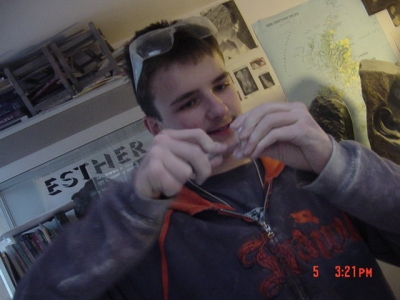
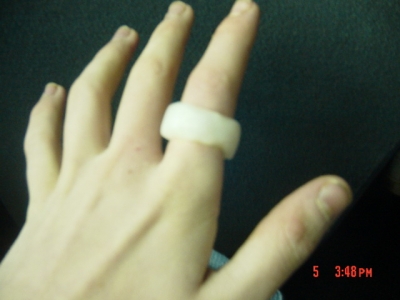
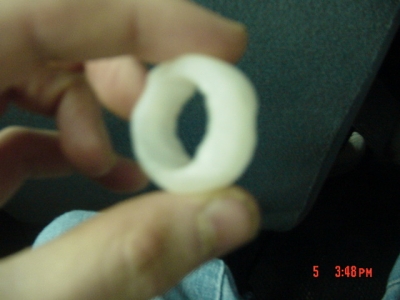




If you fancy taking this to the next level, I recommend you read this http://www.lecturelist.org/content/view_lecture/2626